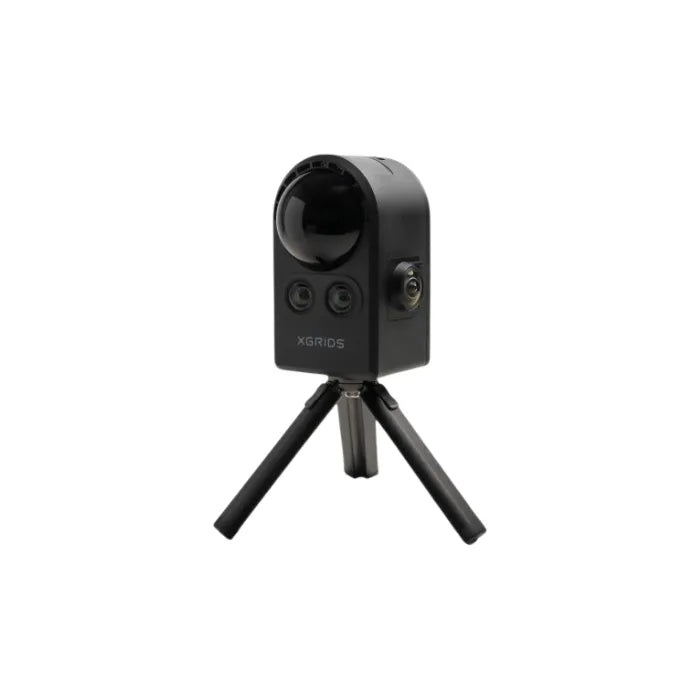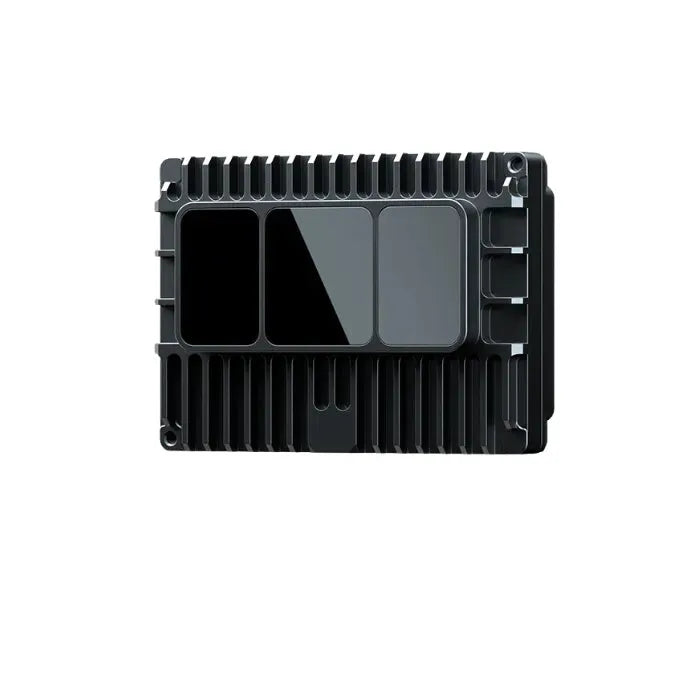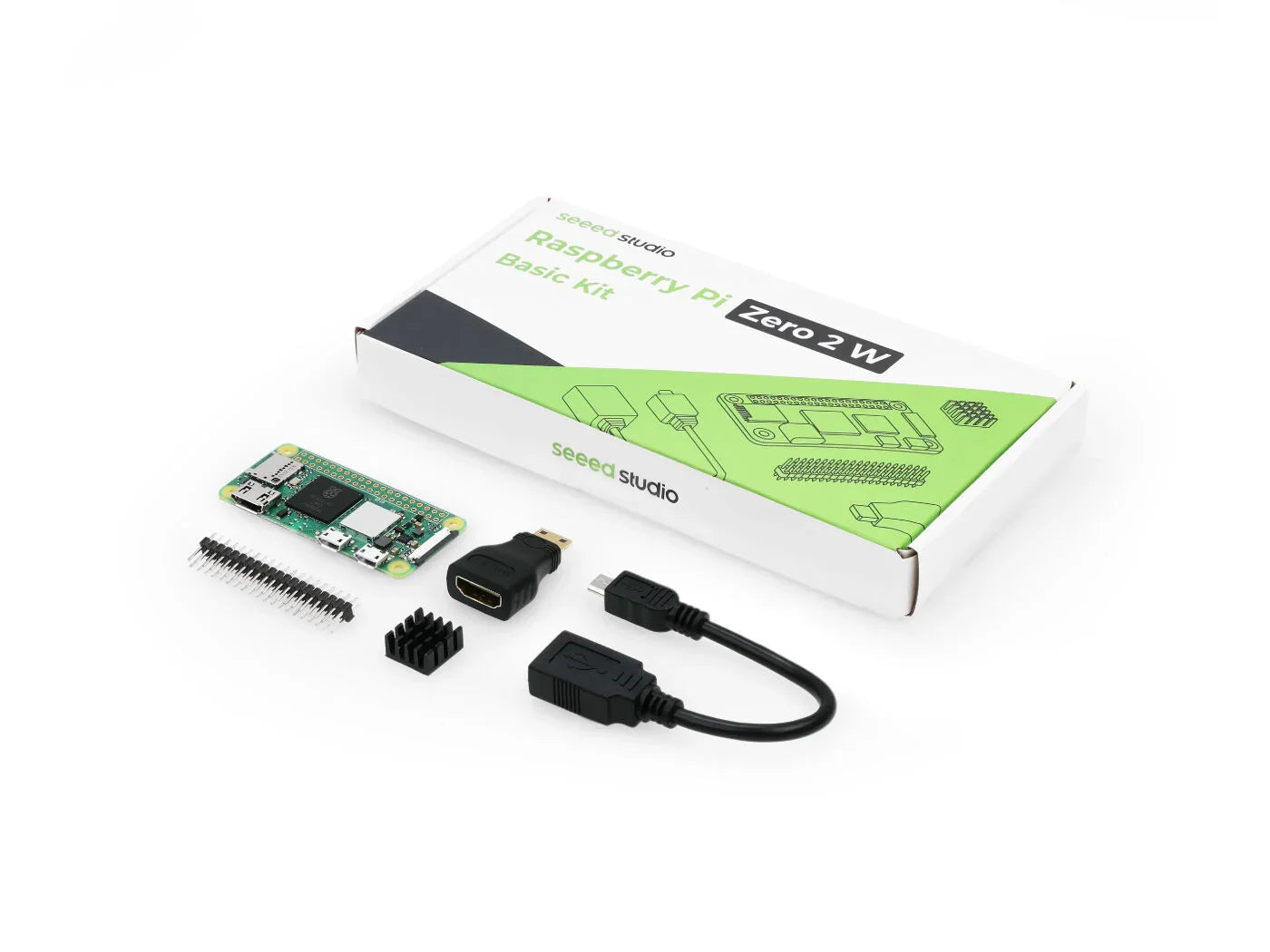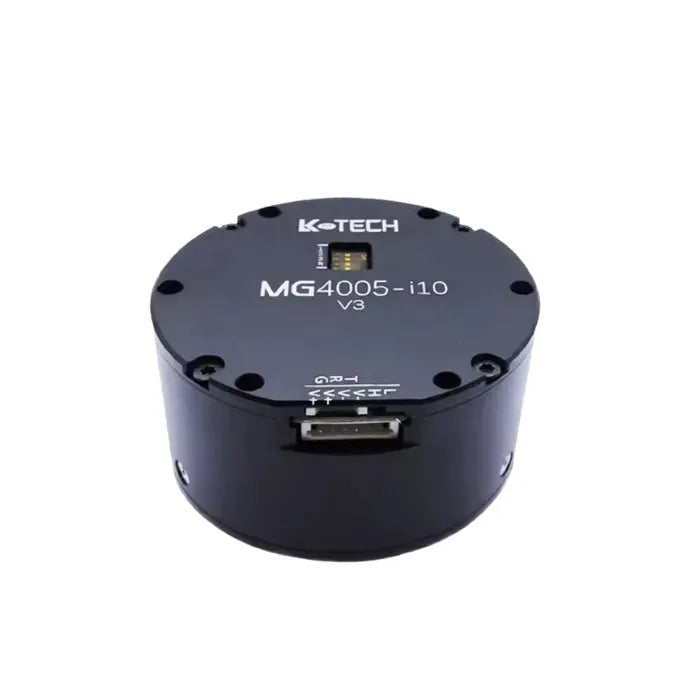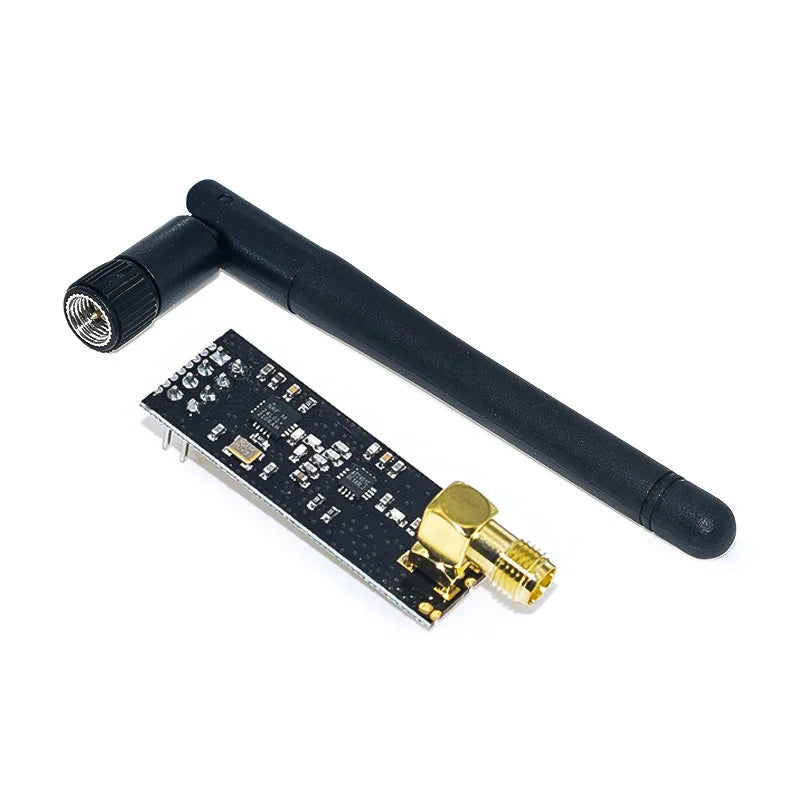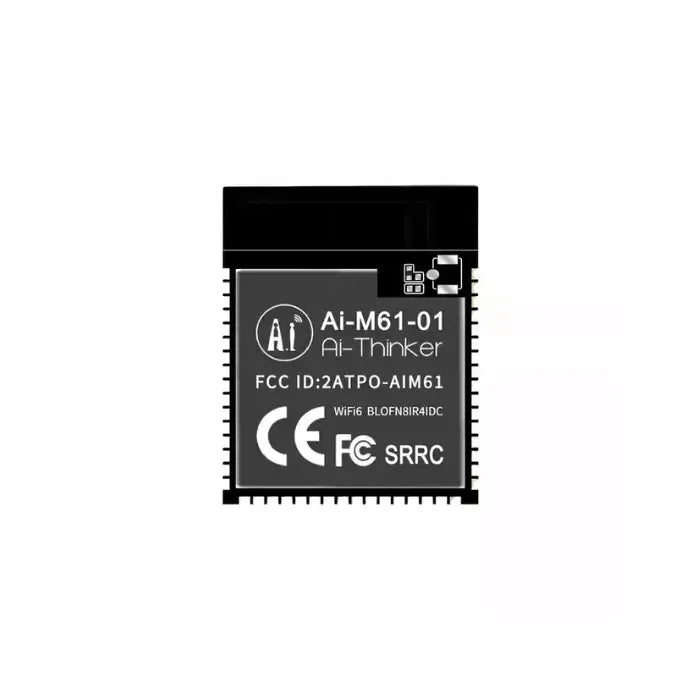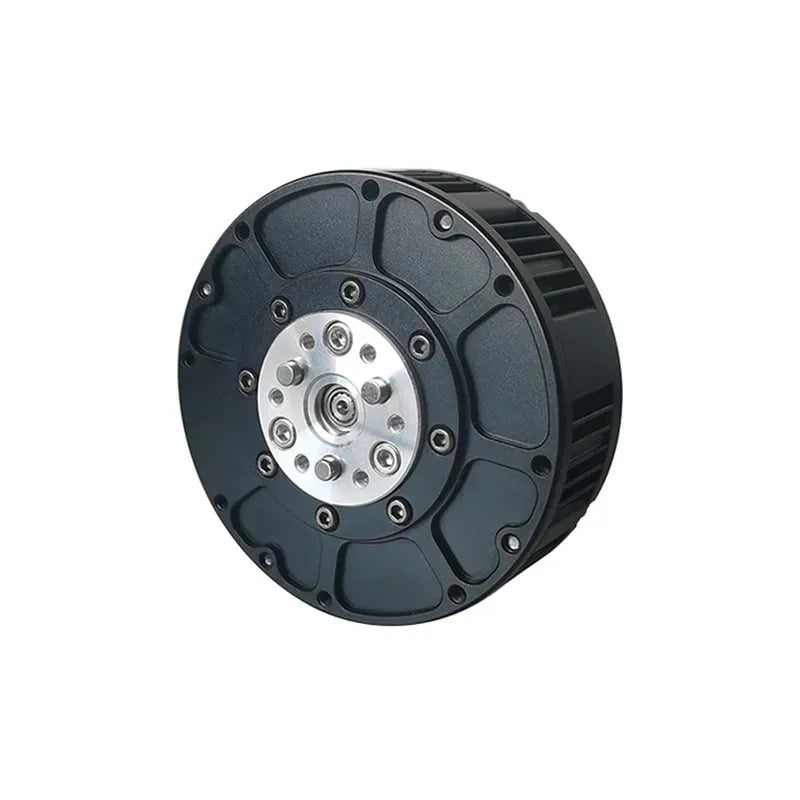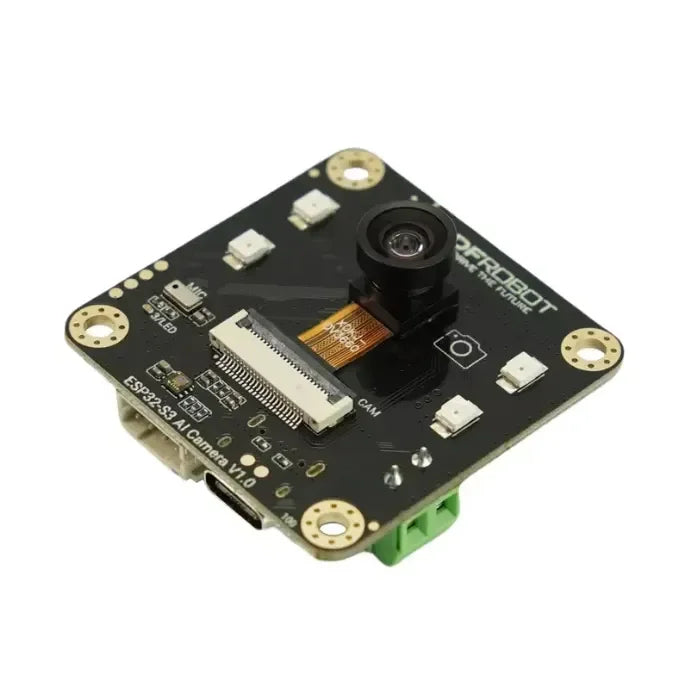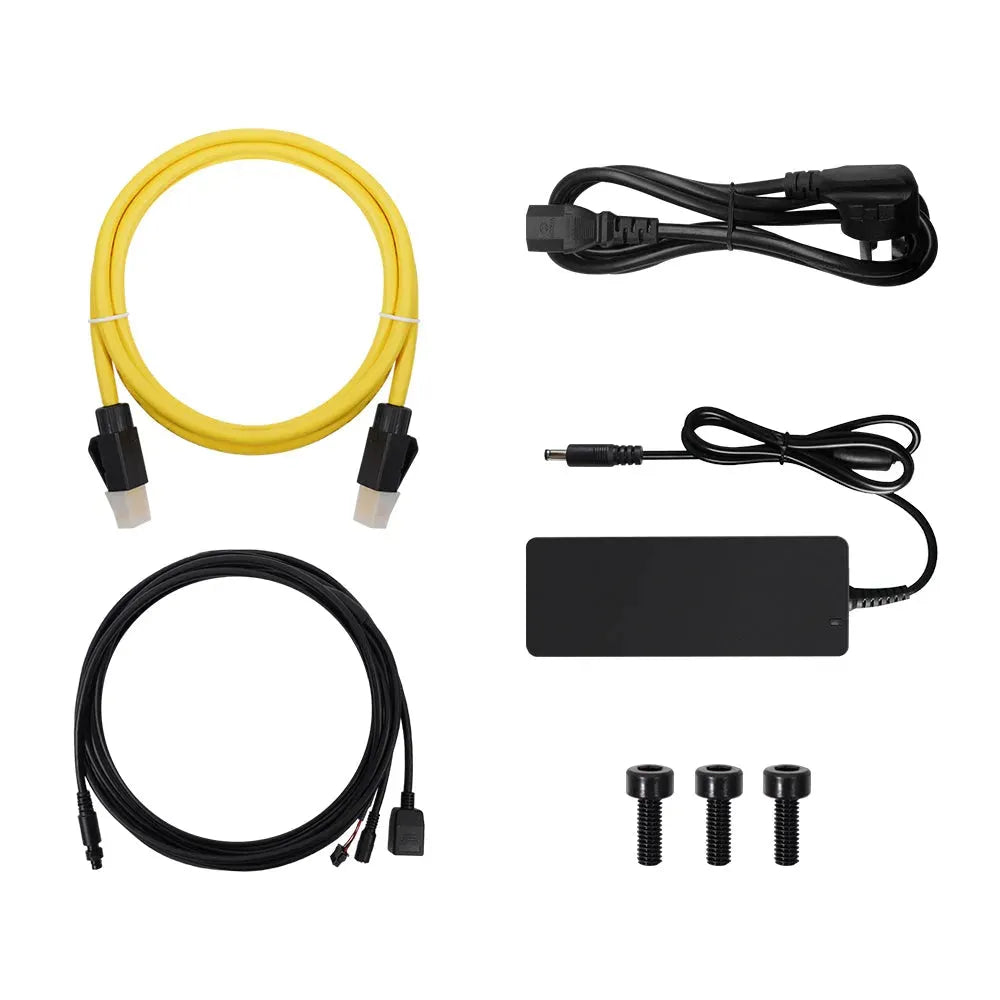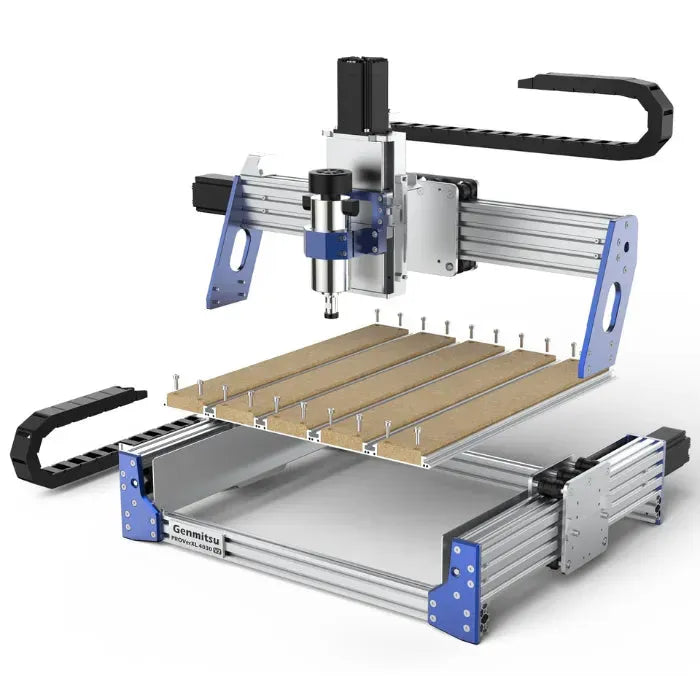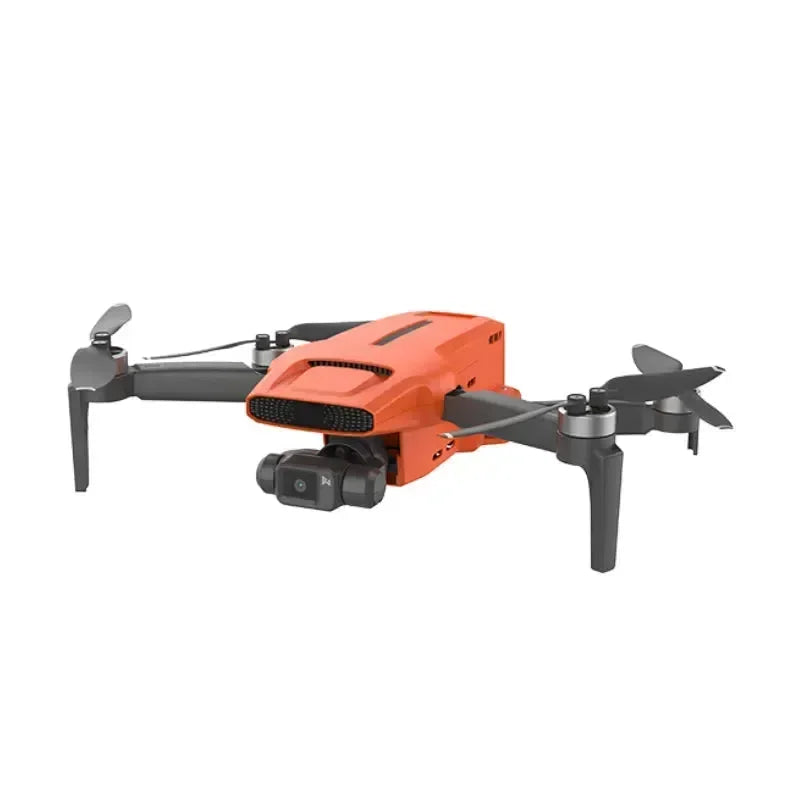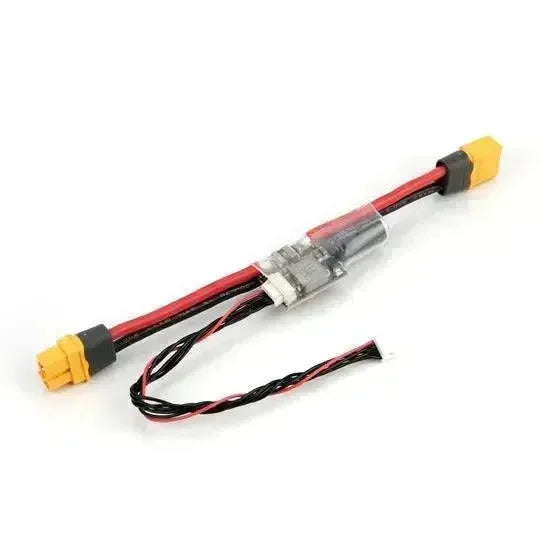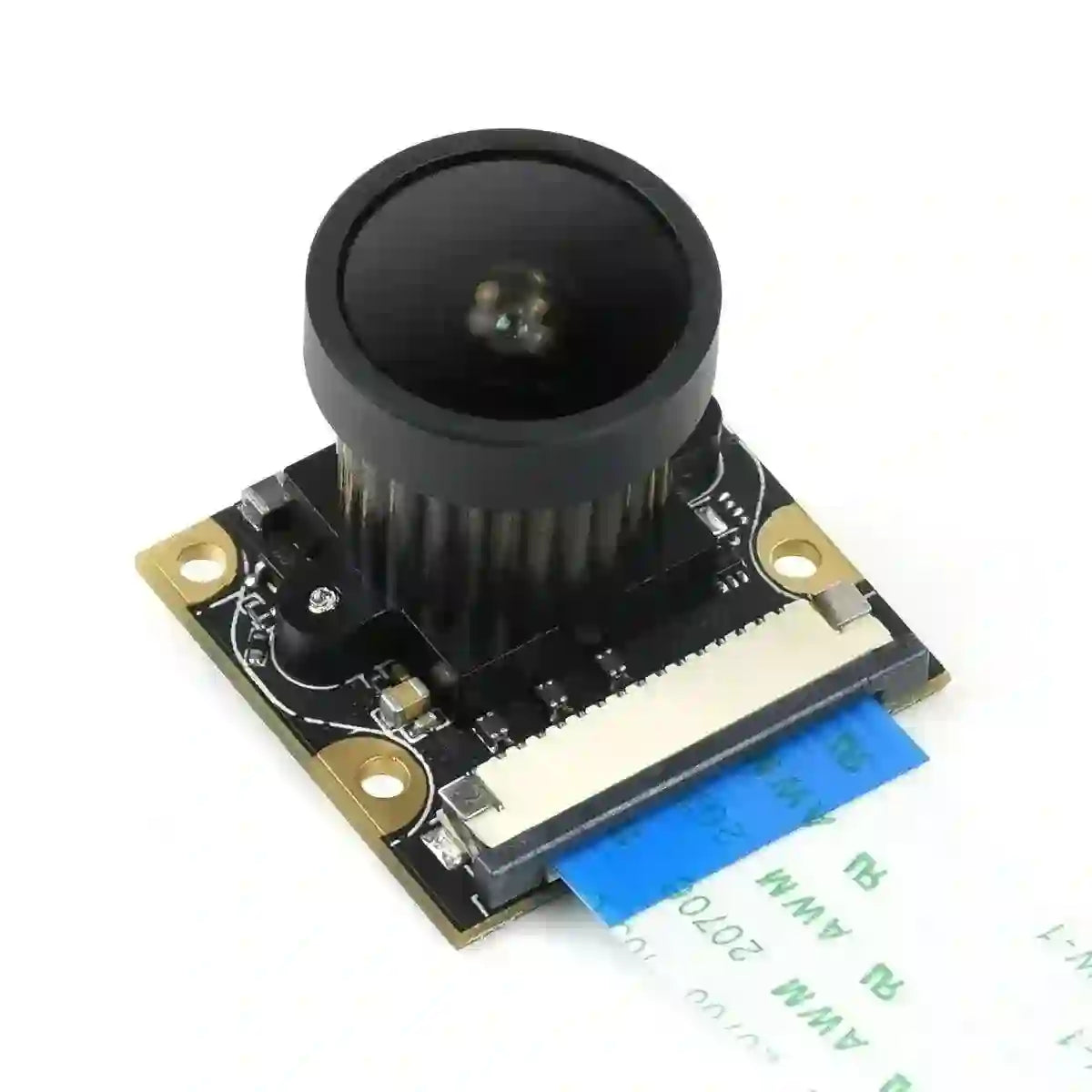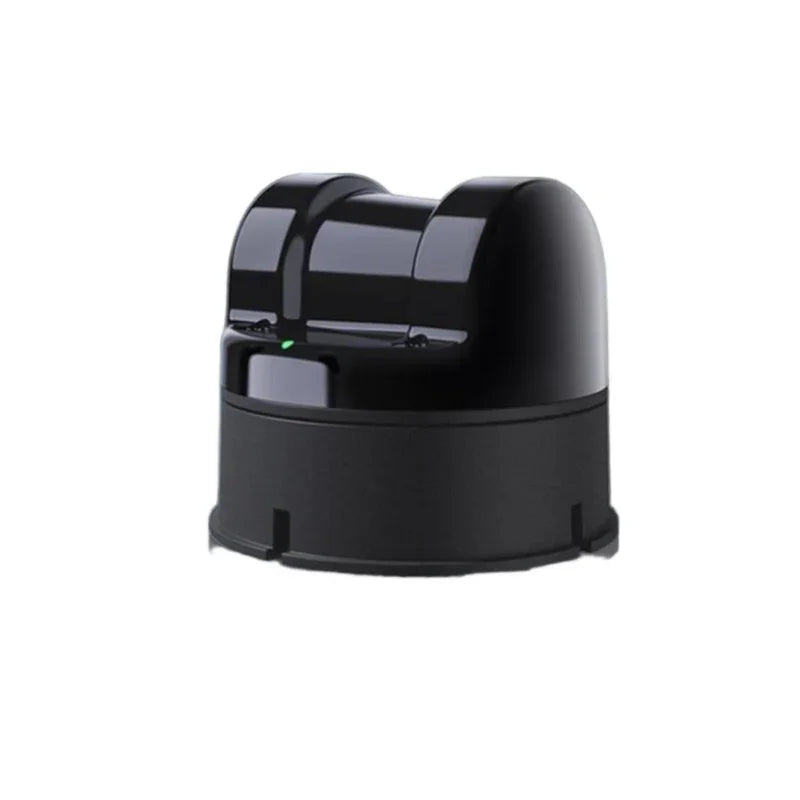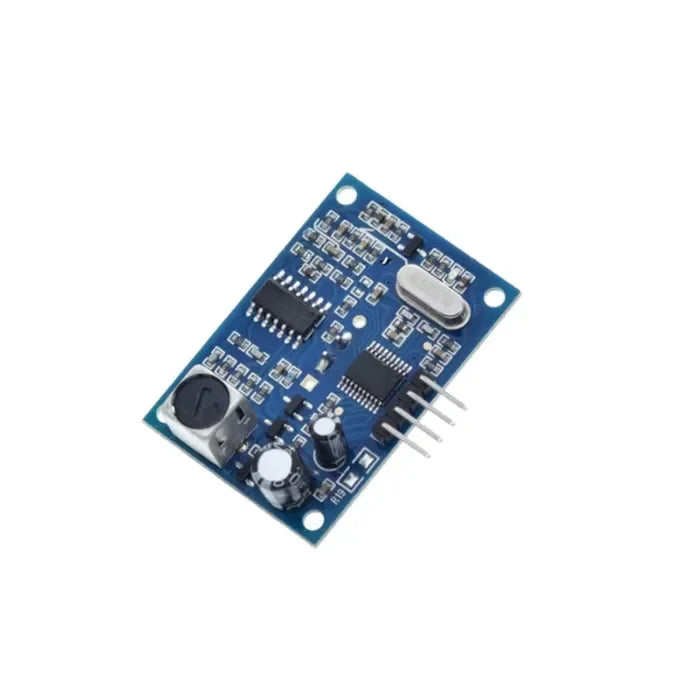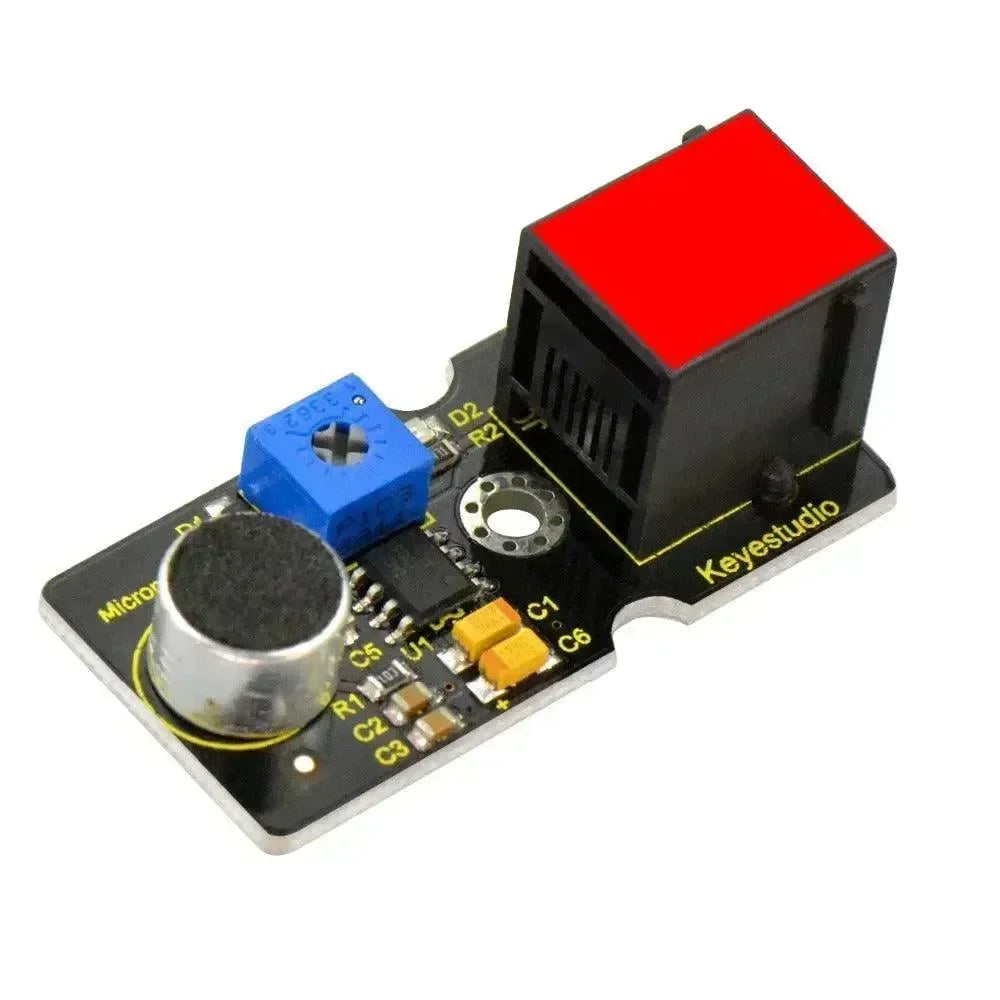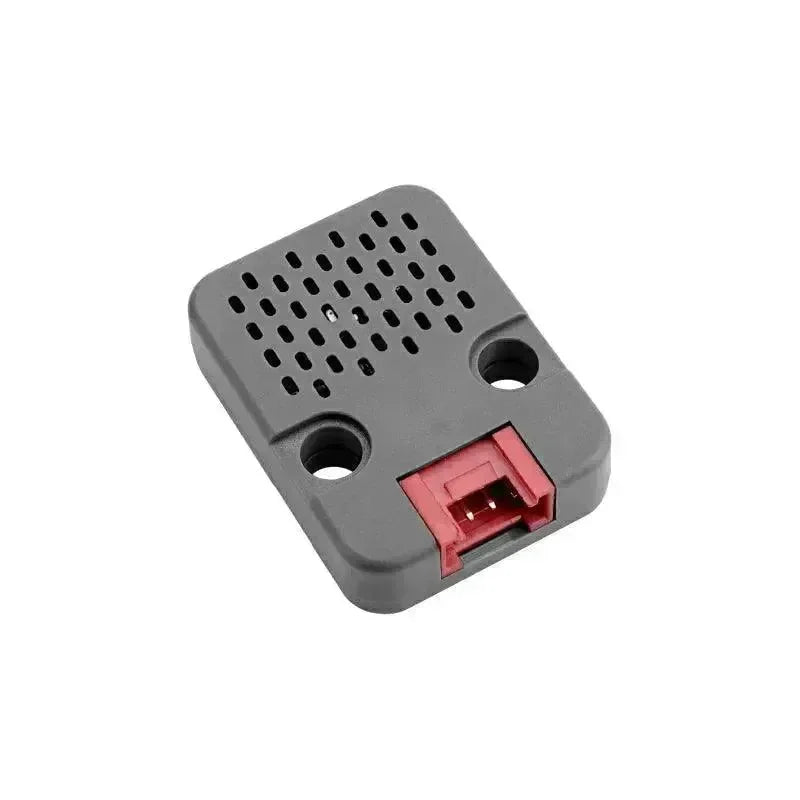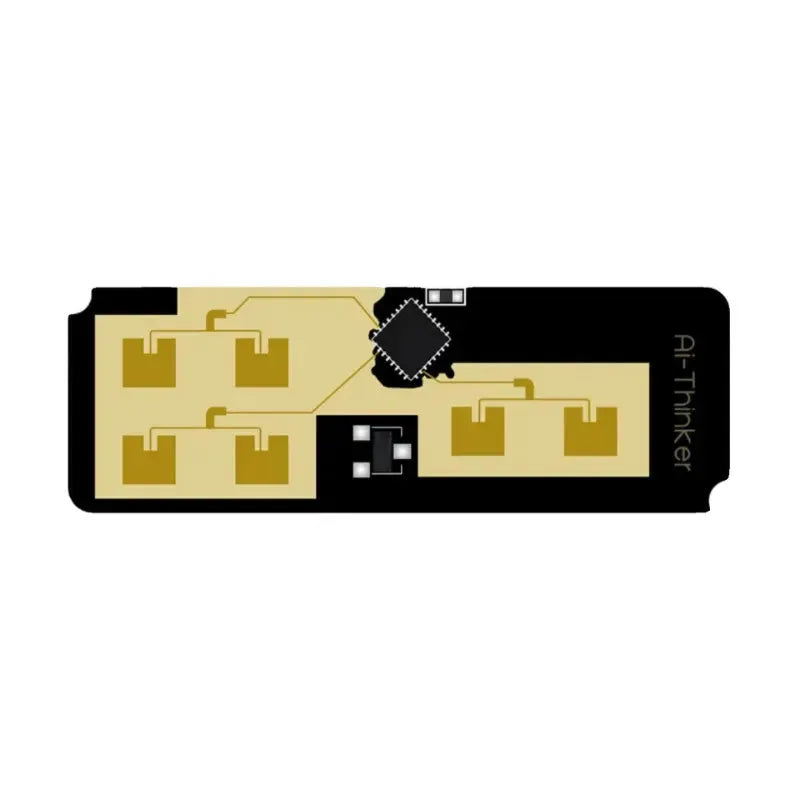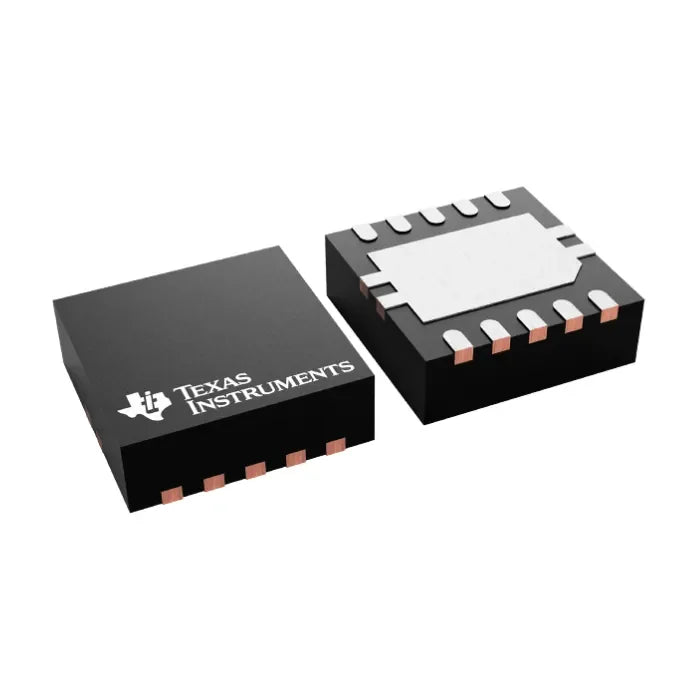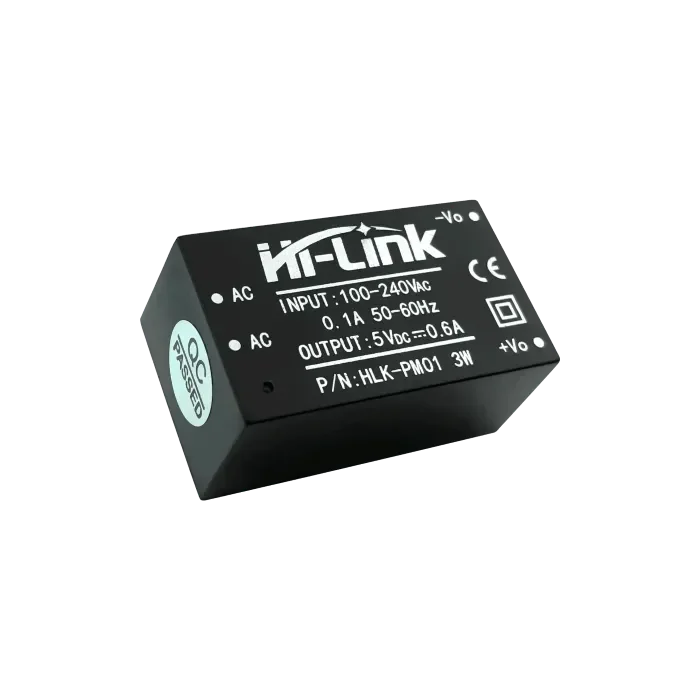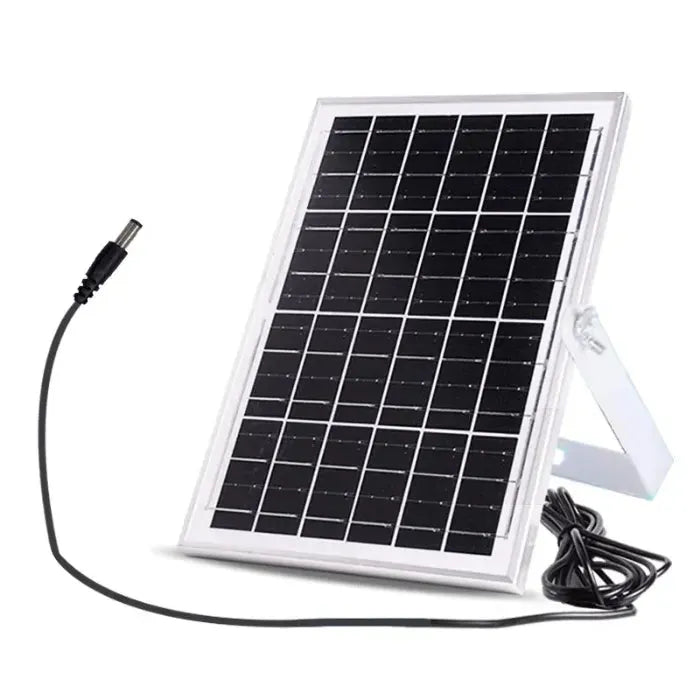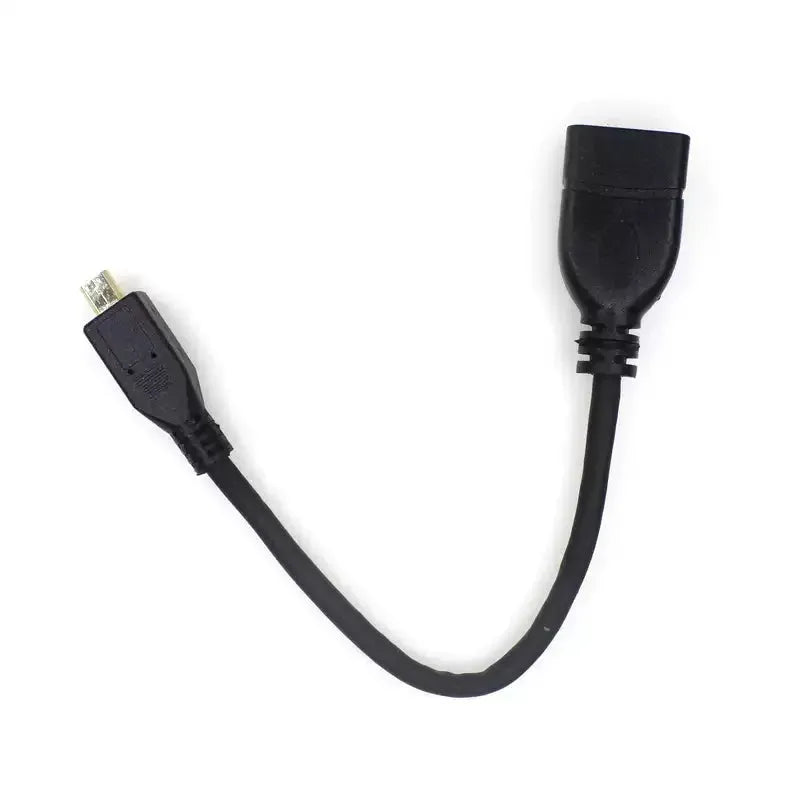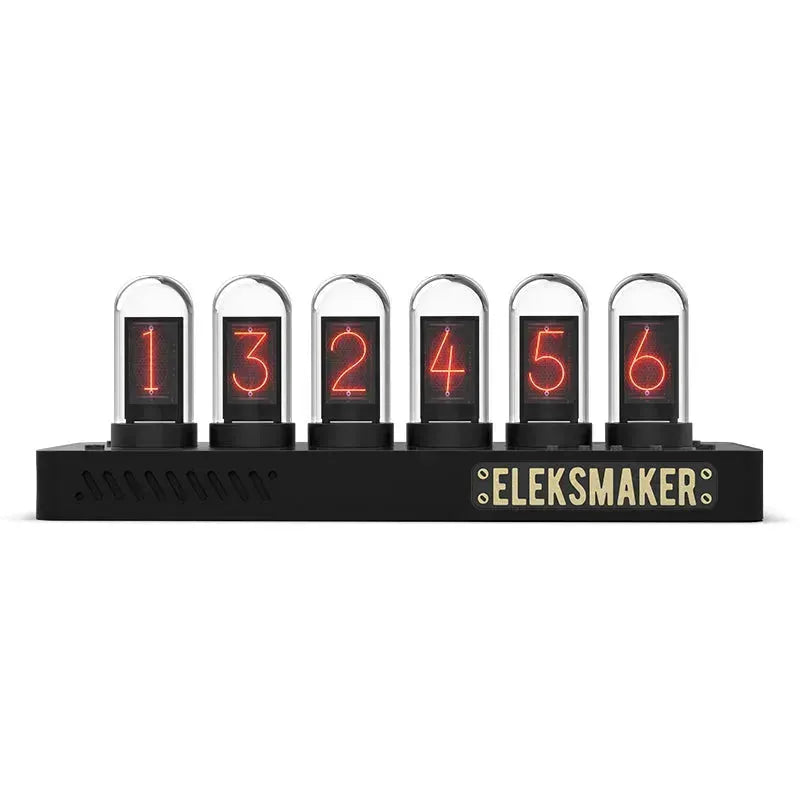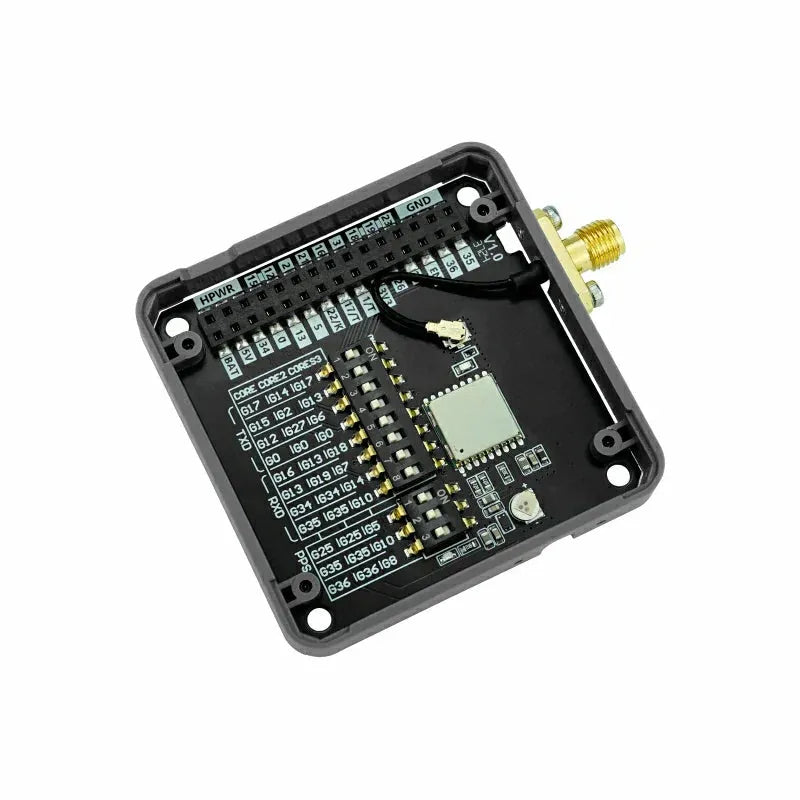Especificaciones de hardware
Módulo GPS M5Stack
-
Chipset: Utiliza el u-blox M8 NEO-M8N, que soporta múltiples sistemas GNSS como Beidou, Galileo, GLONASS, GPS/QZSS, y puede recibir señales de hasta 3 sistemas GNSS simultáneamente.
-
Antena: Cuenta con una antena cerámica integrada con la opción de una antena externa para una mejor recepción.
-
Comunicación: Utiliza UART para la comunicación, conectado a través de GPIO16 y GPIO17 en las placas M5Stack Core. La velocidad de baudios predeterminada es de 9600 bps.

M5Stack Módulo GPS V2.0
-
Chipset: Equipado con el ATGM336H módulo, que incluye el chip AT6668, soportando GPS, BD2, BD3, GLONASS, GALILEO y QZSS. Ofrece recepción de señales GNSS de múltiples frecuencias y modos.
-
Antenna: Viene con una antena SMA externa, lo que puede ser ventajoso en entornos con baja intensidad de señal.
-
Comunicación: También utiliza UART, pero incluye un interruptor DIP para una configuración flexible de los pines TX/RX y una señal PPS para un temporizador preciso.

Diferencias clave
Soporte del Sistema Satelital: Aunque ambos módulos soportan múltiples sistemas GNSS, el V2.0 tiene capacidades mejoradas para la recepción multifrecuencia y multimodo, lo que potencialmente ofrece una mejor precisión en entornos desafiantes.
Diseño de Antena: El módulo original tiene opciones de antena internas y externas, mientras que el V2.0 enfatiza una antena SMA externa, que podría ser más efectiva en áreas con señal débil.
Flexibilidad del Usuario: El Módulo GPS V2.0 proporciona más control al usuario sobre la configuración de comunicación con el interruptor DIP para la selección de pines, lo que puede ser crucial para la compatibilidad con diferentes configuraciones de M5Stack u otras plataformas de desarrollo.
Gestión de Energía: Puede haber consideraciones sobre el consumo y la gestión de energía, especialmente con la configuración de la antena externa del V2.0, pero los detalles explícitos sobre el uso de energía no se comparan directamente en la documentación disponible.
Rendimiento y aplicación
Precisión y Adquisición: El V2.0 está diseñado para aplicaciones de alta precisión, ofreciendo tiempos de bloqueo de satélite más rápidos y mejores capacidades anti-jamming gracias a su avanzado chipset y diseño de antena.
Casos de Uso: El módulo original podría ser suficiente para proyectos generales de aficionados donde el espacio o el costo son una preocupación. Sin embargo, el V2.0 sería más adecuado para aplicaciones que requieren alta precisión, como navegación profesional, posicionamiento de drones o dispositivos IoT en áreas con vistas obstruidas del cielo.
| Características | Módulo GPS M5Stack | M5Stack Módulo GPS V2.0 |
| conjunto de chips | u-blox M8 NEO-M8N | ATGM336H con AT6668 |
| Sistemas GNSS | GPS, GLONASS, Beidou, Galileo | GPS, BD2, BD3, GLONASS, GALILEO, QZSS |
| Conmutación de Pines de Interruptor DIP | Incluye el conmutador DIP de cambio de pines, aumentando la compatibilidad. | Pines fijos, no incluye el conmutador de pines DIP. |
| Sensibilidad | Seguimiento: -162dBm, Captura: -160dBm, Inicio en frío: -148dBm | Seguimiento: -167dBm, Captura: -160dBm, Inicio en frío: -148dBm |
| Velocidad de baudios | 9600 bps (predeterminado) | 9600 bps (predeterminado) |
| Precisión de posicionamiento | por defecto | Mejorado (multifrecuencia) |
| Configuración de pines | Fijado | Flexible a través del interruptor DIP |
| Señal PPS | No | Sí |
| Mejor caso de uso | Proyectos de aficionado generales | Aplicaciones de alta precisión |
Conclusión
Tanto el M5Stack Module GPS como el Module GPS V2.0 tienen el propósito de agregar funcionalidad GPS a los proyectos de M5Stack, pero satisfacen diferentes necesidades de los usuarios. El módulo original ofrece una solución rentable con un rendimiento decente, mientras que el V2.0 mejora con características avanzadas para usuarios que necesitan mayor precisión y fiabilidad.
También te puede gustar
-
Proyecto M5StickC Plus2: Proyecto de mini máquina tragamonedas con M5StickC Plus2
-
Proyecto M5StickC Plus2: Proyecto de mini máquina tragamonedas con M5StickC Plus2 -2
-
Proyecto M5StickC Plus2: Proyecto de mini máquina tragamonedas con M5StickC Plus2 -3
-
Proyecto M5StickC Plus2: construir un sistema de detección de velocidad para bicicletas
-
Proyecto para principiantes de M5Stack: implementar una función de control remoto
-
M5Stack Principiante: Plus 2 Aprovechando las funciones de sonido y visualización


